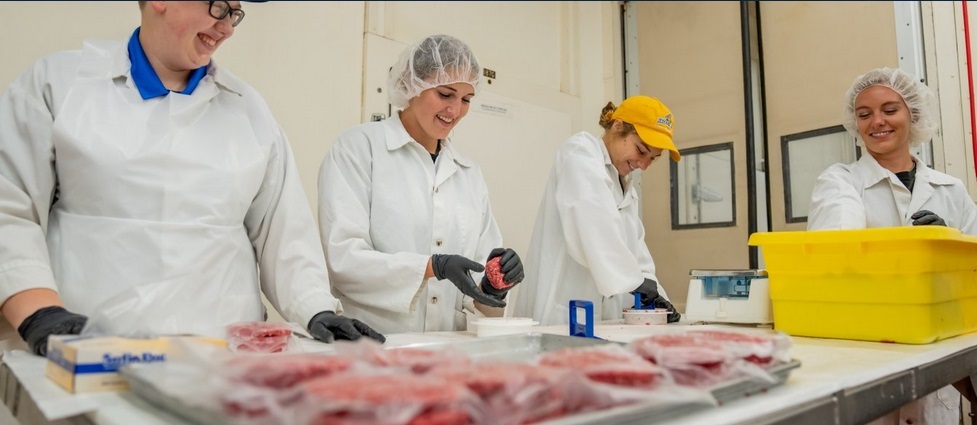



Program Coordinator/Contact
Judson “Kyle” Grubbs, Assistant Professor
Department of Animal Sciences
Animal Science Complex 116
605-688-5451
Program Information
The Meat Science minor is designed for students seeking careers associated with the meat and food industry including research and product development, quality assurance, food safety, fresh meat processing, meat product manufacturing, and government service. Students learn product characteristics, product development, production, food safety, and marketing of fresh and processed meats. Completion provides excellent preparation for a career in the meat and food industry, and also provides an excellent background for graduate study in either meat or food science.
Course Delivery Format
Program faculty will engage students in a variety of academic and experiential learning experiences, including numerous activities in the SDSU Meats Laboratory.